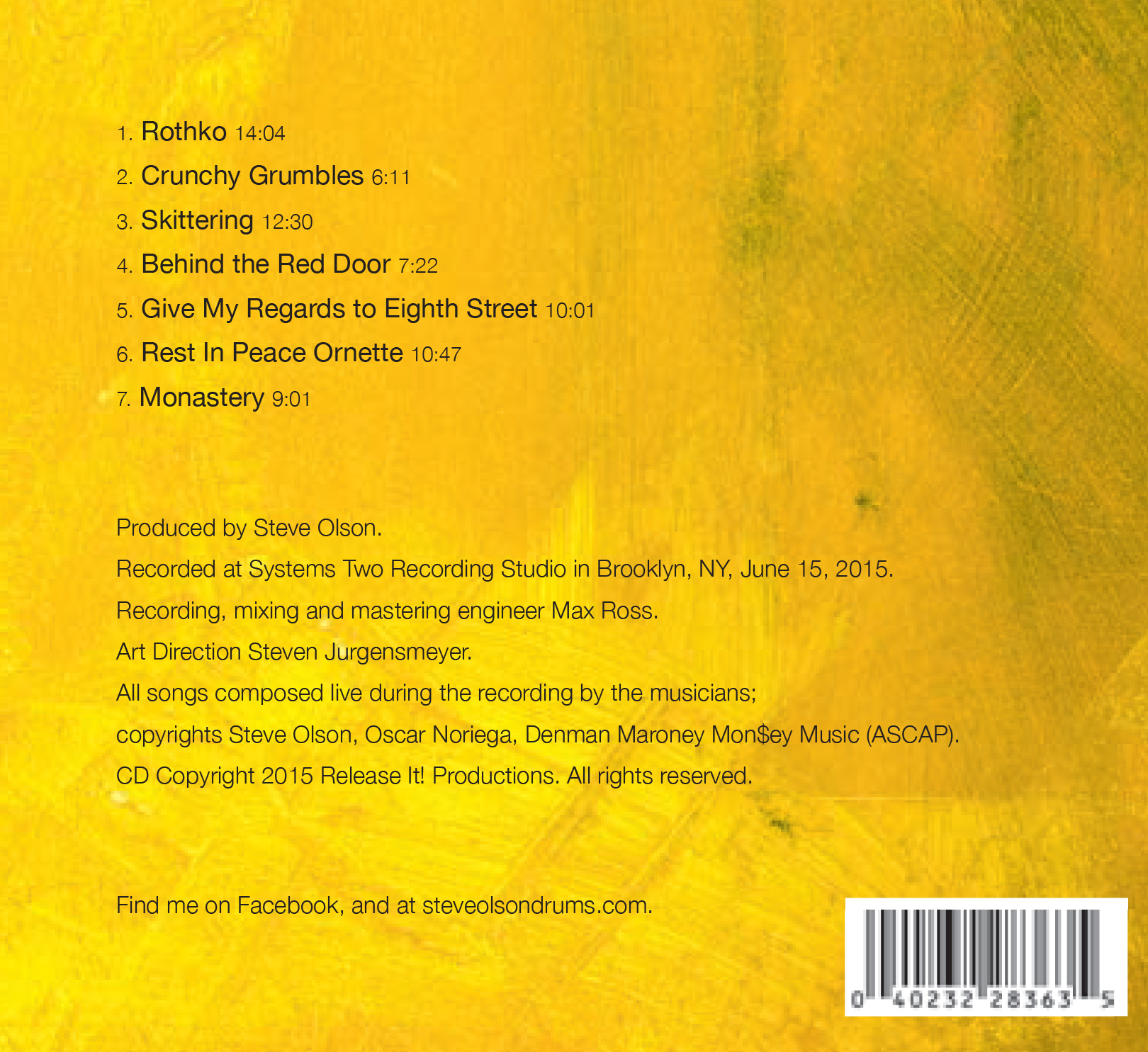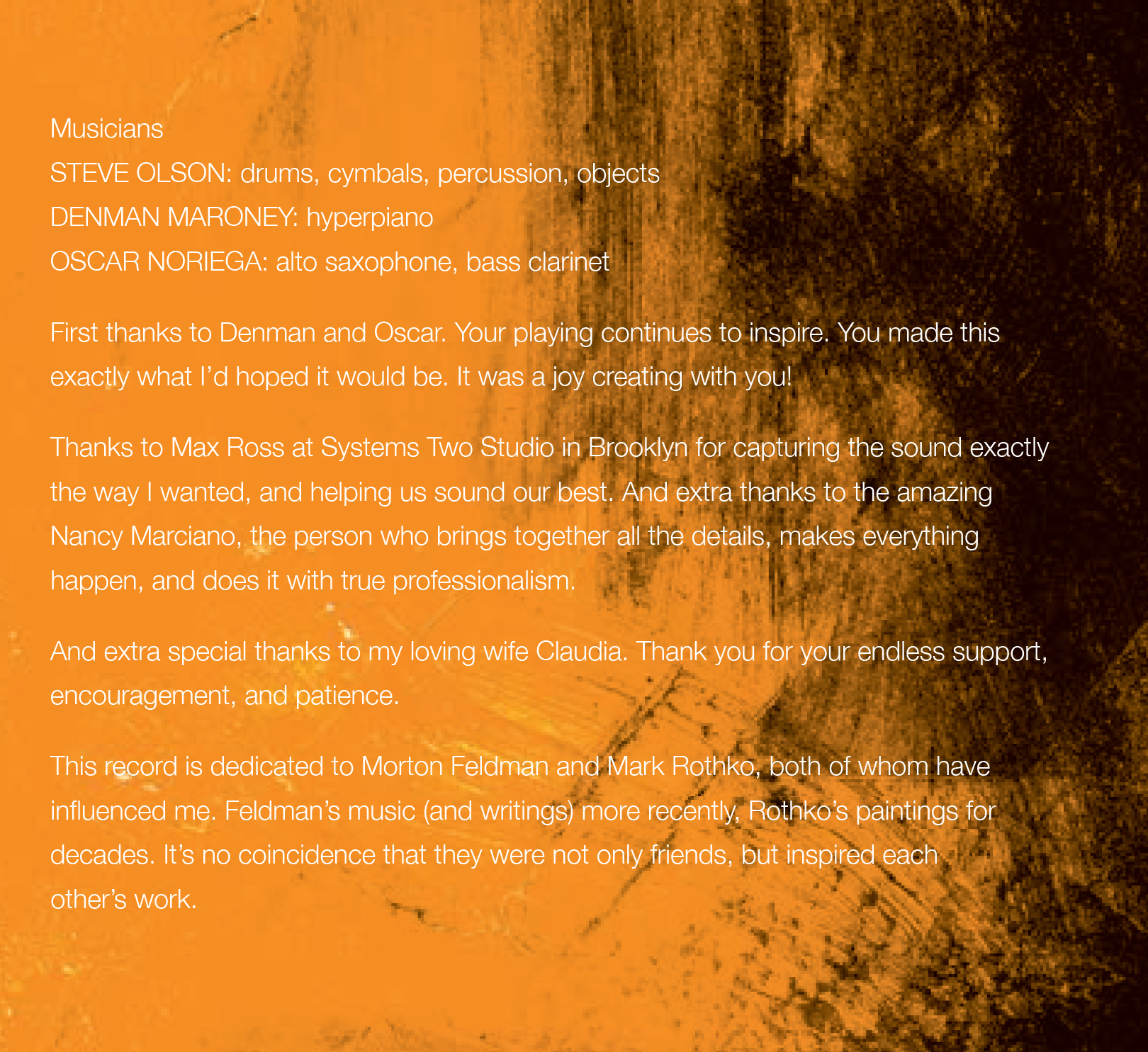One of the best parts of being an Art Director and graphic designer is the joy you can discover within your work. That’s not to say it sometimes doesn’t go the other way; in fact, frustration is definitely equal parts of the gig. But when you come up with something that not only the client loves, but you love as well….that’s a good day. So I want to bring up a couple of record covers I recently came across, that I designed some time ago and probably didn’t get a lot of attention “back in the day.” But seeing them again made me smile. And write this backstory.
Oranj Symphonette was an experimental jazz-rock quintet formed from members of Tom Waits band in the Nineties. Led by cellist/bassist Matt Brubeck (son of Dave Brubeck), the group includes Joe Gore and multi-instrumentalist Ralph Carney. Individually these three have played with PJ Harvey, the B-52’s, Marc Ribot, and others. They released two albums on the jazz label Gramavision, which Rykodisc purchased in 1994.
The band released their debut album Oranj Symphonette Plays Mancini in 1996, a tribute album to Hollywood composer, conductor and arranger Henry Mancini. I had a direction in mind and wanted it to be an illustration, and I wanted it to reflect the movie environment that most people experienced Mancini’s work in. I also wanted it to be somewhat playful, as that’s what Oranj Symphonette’s versions were.
Here’s what I came up with. It’s one of the few covers over two decades that features my rudimentary illustrative skills but I think it holds up.
Unfortunately, Business Affairs felt there would be an issue with the pink movie-goer I wanted to include. And while I’m sure they were probably correct, sometimes you just have to go for it. Unfortunately, I did have to take him out, but here’s the original…Better, right?
In 1988. the band released a new album titled, simply, The Oranj Album, a title with seemingly endless directions, which can be both a good and a bad thing. I went minimalist, but with an overall concept presentation on each of part of the compact disc. And the more you opened the package, the deeper into the orange you went. The inside tray card — perhaps my favorite — perfectly played off removing the orange disc from the tray.
Click on the image below for a slideshow.
Most of the time, designers always work best when you cut them loose and give them room to try out new ideas. In this case, the band and the record label (no surprise…it was Rykodisc) totally got what I was trying to do here. It was, in the words of the immortal Frank Zappa “conceptual continuity!”












